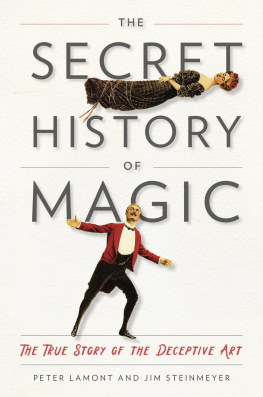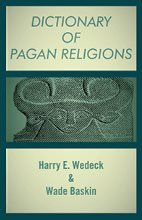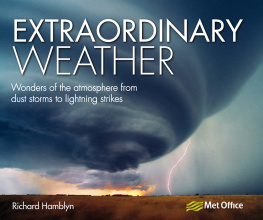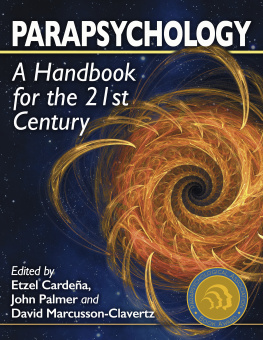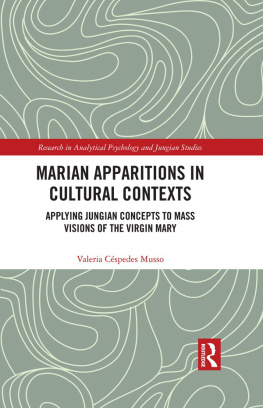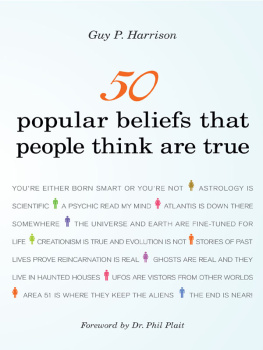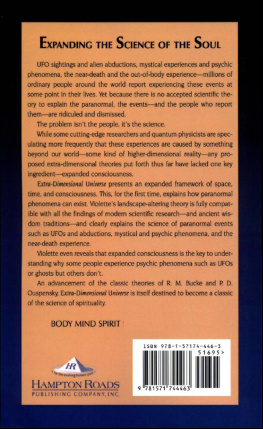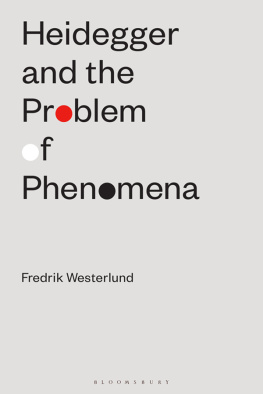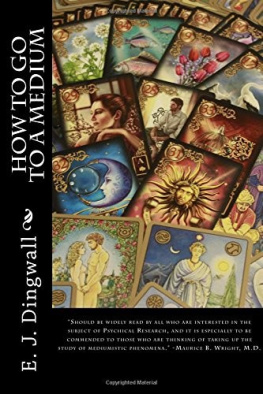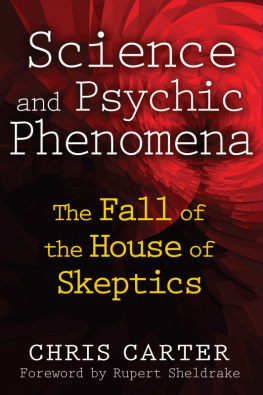Extraordinary Beliefs
Since the early nineteenth century, mesmerists, mediums and psychics have exhibited extraordinary phenomena. These have been demonstrated, reported and disputed by every modern generation. We continue to wonder why people believe in such things, while others wonder why they are dismissed so easily.
Extraordinary Beliefs takes a historical approach to an ongoing psychological problem: why do people believe in extraordinary phenomena? It considers the phenomena that have been associated with mesmerism, spiritualism, psychical research and parapsychology. By drawing upon conjuring theory, frame analysis and discourse analysis, it examines how such phenomena have been made convincing in demonstration and report, and then disputed endlessly. It argues that we cannot understand extraordinary beliefs unless we properly consider the events in which people believe, and what people believe about them. And it shows how, in constructing and maintaining particular beliefs about particular phenomena, we have been in the business of constructing ourselves.
Dr Peter Lamont is a senior lecturer at the School of Philosophy, Psychology and Language Sciences, University of Edinburgh. He is Programme Director of the MSc in History and Theory of Psychology, and Honorary Secretary of the British Psychological Society (History and Philosophy of Psychology Section). He is also a longstanding member of the Koestler Parapsychology Unit, a former professional magician, an Associate of the Inner Magic Circle and Past President of the Edinburgh Magic Circle. He has published extensively on the history and psychology of magic and the paranormal.
CAMBRIDGE UNIVERSITY PRESS
Cambridge, New York, Melbourne, Madrid, Cape Town, Singapore, So Paulo, Delhi, Mexico City
Cambridge University Press The Edinburgh Building, Cambridge CB2 8RU, UK
Published in the United States of America by Cambridge University Press, New York
www.cambridge.org
Information on this title: www.cambridge.org/9781107688025
Peter Lamont 2013
This publication is in copyright. Subject to statutory exception and to the provisions of relevant collective licensing agreements, no reproduction of any part may take place without the written permission of Cambridge University Press.
First published 2013
Printed and bound in the United Kingdom by the MPG Books Group
A catalogue record for this publication is available from the British Library
Library of Congress Cataloguing in Publication data
Lamont, Peter.
Extraordinary beliefs : a historical approach to a psychological problem / Peter Lamont.
pages cm Includes bibliographical references and index.
ISBN 978-1-107-01933-1 (hardback) ISBN 978-1-107-68802-5 (paperback) 1. Parapsychology. I. Title.
BF1031.L255 2013
130 dc23 2012035057
ISBN 978-1-107-01933-1 Hardback ISBN 978-1-107-68802-5 Paperback
Cambridge University Press has no responsibility for the persistence or accuracy of URLs for external or third-party internet websites referred to in this publication, and does not guarantee that any content on such websites is, or will remain, accurate or appropriate.
A brief reflexive preface
For many years, I have studied the history and psychology of magic and the paranormal. During this time, I have been asked certain questions on a regular basis, and two in particular. The first is: have you ever encountered anything that you cannot explain? The short answer to that question is no, but then, for reasons that will soon become apparent, anyone can provide an explanation for seemingly inexplicable events. Whether the explanation is an adequate one, however, is always a matter of debate. When I answer that question with no, I am not settling the matter, but expressing a view: I do not believe in the paranormal.
Which brings me to the second question I have been asked on a regular basis: why do people believe in the paranormal? The short answer is that they have encountered things that they cannot otherwise explain. But for those who believe that such things are not real, that is not an adequate explanation. We sceptics, convinced that they are wrong, want to know why they come to the wrong conclusion. We say it is because they don't know better, or because they desire to believe in such things. For many years, I said this myself, until I realized that this, too, was simply inadequate. I have met too many believers to think that their beliefs are simply the product of ignorance and wishful thinking. And I know too many sceptics to think that our beliefs are impervious to such human frailties. At the same time, I do not believe in the paranormal. This book is an attempt to provide an alternative approach to the problem.
One of the common arguments made by those who study paranormal belief is to say that the subject is worthy of study because we can bracket the first question, and focus upon the second. In short, even if the phenomena do not exist, countless folk believe in such things, and so we should try to explain this in its own right. However, despite the enormous amount of studies on this question, I think it is fair to say that, to date, we do not have a particularly clear answer. I think there are reasons for this, and I think that in order to understand such beliefs we need to bracket the second question too. We need to step back a little further, and consider the question itself: what are these beliefs that we wish to explain, and why have we tried to explain them for so long? To do so requires a historical perspective, and that is the aim of this book: to provide a historical approach to a psychological problem, by examining the phenomena in which people have believed, the beliefs that have been expressed about these events, and the attempts to understand such beliefs. By doing so, we can see that there are other reasons why extraordinary beliefs have been around for so long.
Acknowledgements
This book is, first and foremost, a historical approach to a psychological topic, and part of a wider argument about the need for historical understanding within Psychology. I therefore want to begin by thanking those with whom I have been fortunate enough to discuss this remarkably important, and remarkably tricky, business. In particular, Alan Collins, who has been an endless help; Graham Richards and Roger Smith, who had already done the hard bits; and my BPS (HPP) colleagues, Geoff Bunn and Peter Hegarty. For their thoughts on earlier drafts, my further thanks to Alan, Graham and Roger, and also to Barry Barnes. Needless to say, the fact that they provided helpful comments should not be mistaken for compliance. They are far too wise to be held responsible for any of the flaws in this book.
In the world of parapsychology, I have benefited from those on both sides of the great divide. More than anyone, the late Bob Morris, whose broad definition of parapsychology managed to include the likes of me. Because of this, I have had many enlightening discussions with folk in parapsychology over the years, with my KPU colleagues and further afield, who have made me think in ways I might not otherwise have done. In particular, however, I want to thank Eberhard Bauer, the late John Beloff, Alan Gauld, George Hansen, the late Marcello Truzzi, Caroline Watt, Richard Wiseman and Rob Wooffitt.


